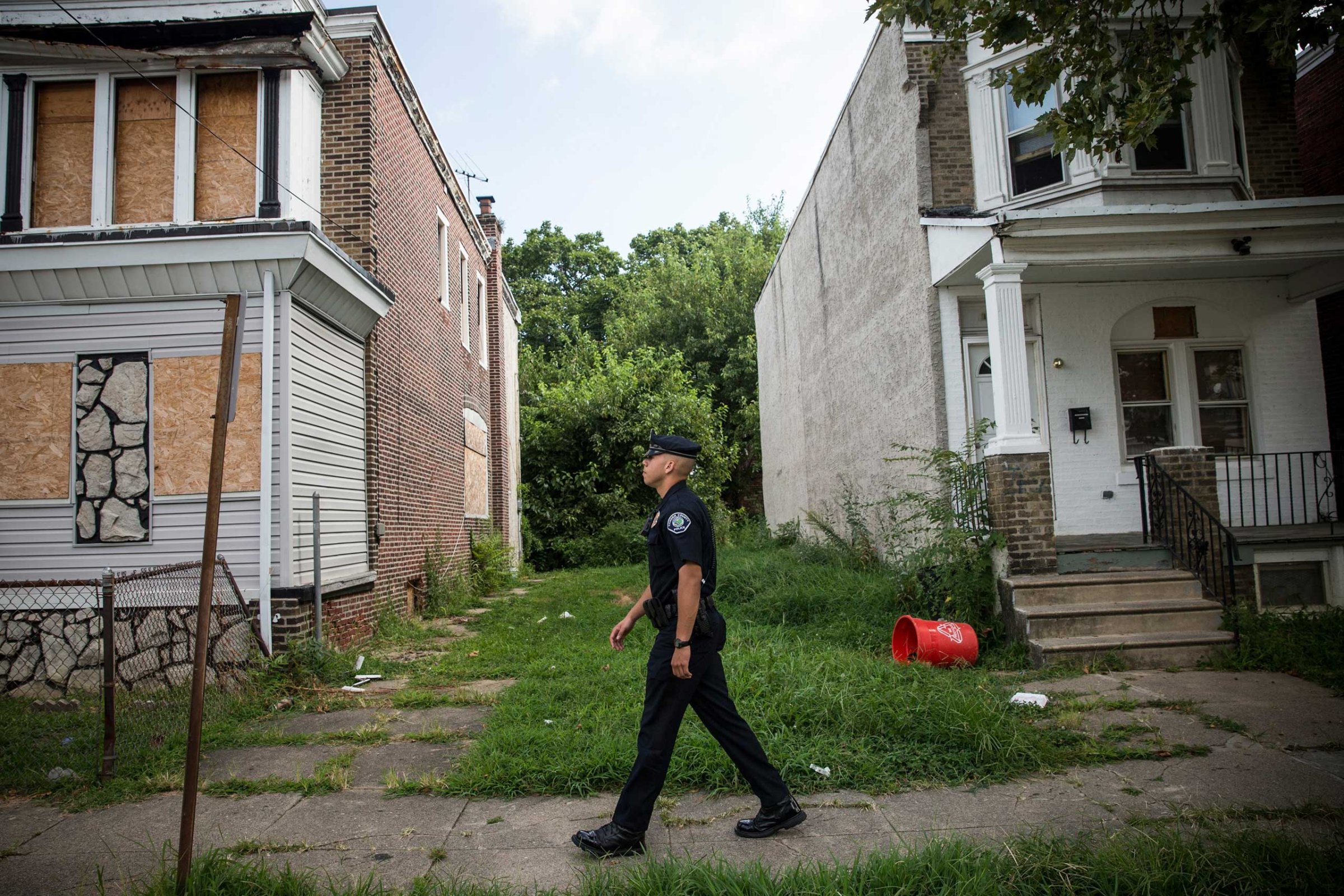
For a speech highlighting police reform, President Obama chose to travel to Camden, New Jersey.
The Philadelphia suburb is one of the nation’s poorest and most violent cities, but in the past two years it has also become something of a poster child for police reform, earning praise from Obama and New Jersey Gov. Chris Christie alike.
The city’s mayor tells TIME that a restructuring of the police force helped transform an area that she said was borderline lawless. “Camden has had the reputation of being the most violent city in America for over two decades,” Mayor Dana Redd says. “It was almost like anything goes.”
On Monday, Obama will highlight the city’s reform efforts as a model for other municipalities where police and community relations are strained, tour a police data center and meet with young people from the area.
The city is home to about 77,000 residents but saw a record 67 homicides in 2012. That year, officials gutted the expensive, city-led police department and rebuilt a county police force in an effort to get more uniformed officers on the street. Many had been laid off in 2011—the year after, the city faced record homicides. In a city where violent crime was once rampant, the mayor says there’s been a 40% drop in homicides over the past two years.
A recent survey found students in middle and high schools feel significantly safer leaving the building. And the police and community members work together to keep peace. The city is also one of 21 communities across the nation that is taking part in a White House initiative to make better use of data and technology to increase transparency and track crime.
The President’s Task Force for 21st Century Policing released its final report on Monday, filled with pages of recommendations on how to make communities safer and restore trust. Camden was highlighted as a city on the right track. The Camden County Sheriff is quoted in testimony he gave before the task force saying, “the only way to significantly reduce fear, crime and disorder, and then sustain these gains is to leverage the greatest force multiplier: the people of the community.”
“It’s new paradigm unlike what the former police had to offer,” Redd says. “The new police department is really integrated in a way that connects with the community in positive engagement and our officers are serving as role models.”
That’s not to say the problems have been solved. The Wall Street Journal reports civil liberties groups have taken issue with the increase in citations for minor infractions and that groups like the NAACP are concerned about the fact that the new force’s union isn’t as strong as the past one. The mayor calls the overall experiment a “work in progress,” but notes that by restoring law and order to Camden, doors of opportunity will open in other areas. She wants to see businesses coming back, more students completing their educations, and perhaps even vibrant tourism in the city’s future.
“We still have a lot of work to do,” Redd says. “But, this year we can see a light at the end of the tunnel for the people of Camden.”
Correction: The original version of this story incorrectly described the drop in crime in Camden. Homicides are down 40% in the last two years.
See The Militarization of US Police Forces Over The Years
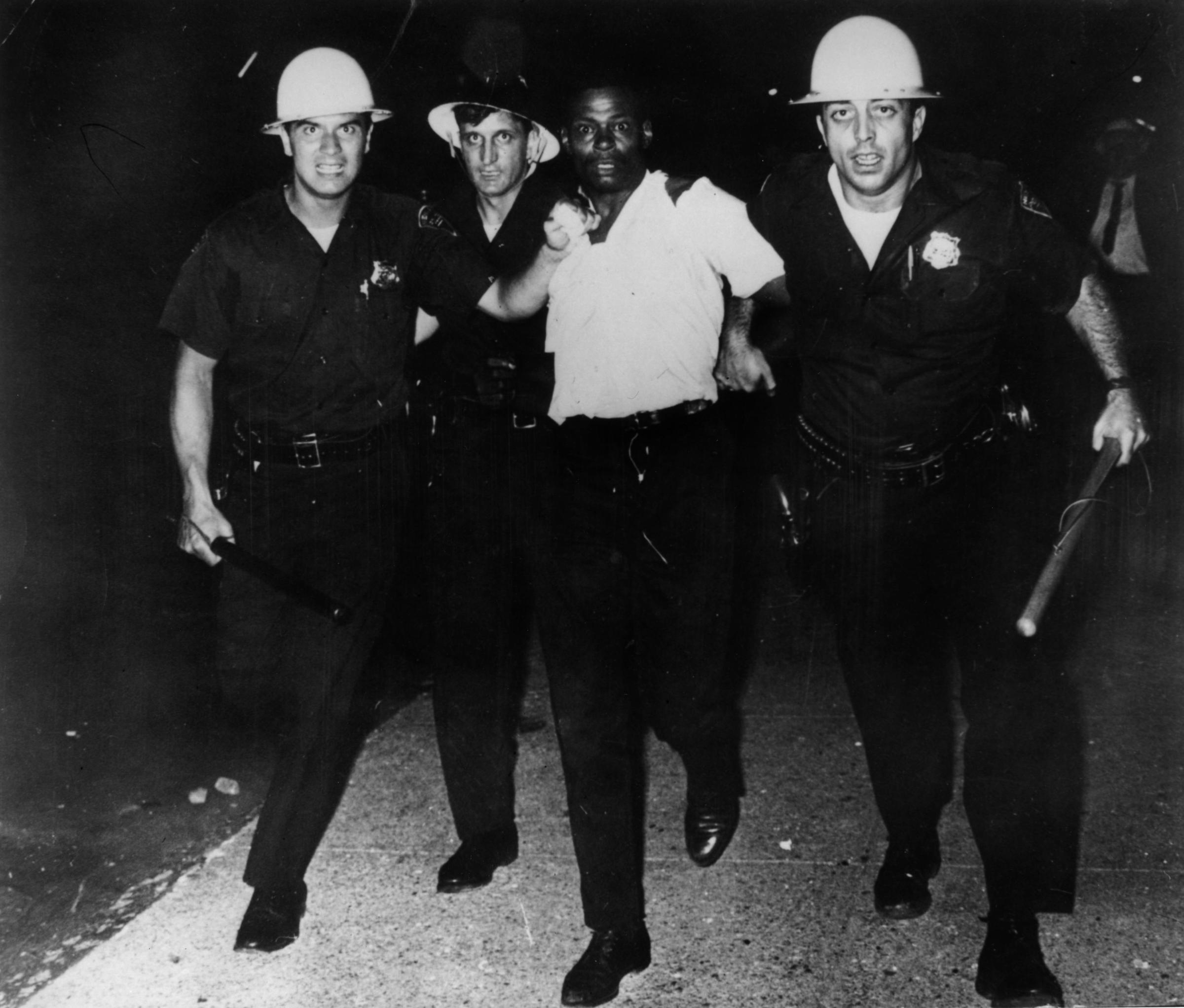
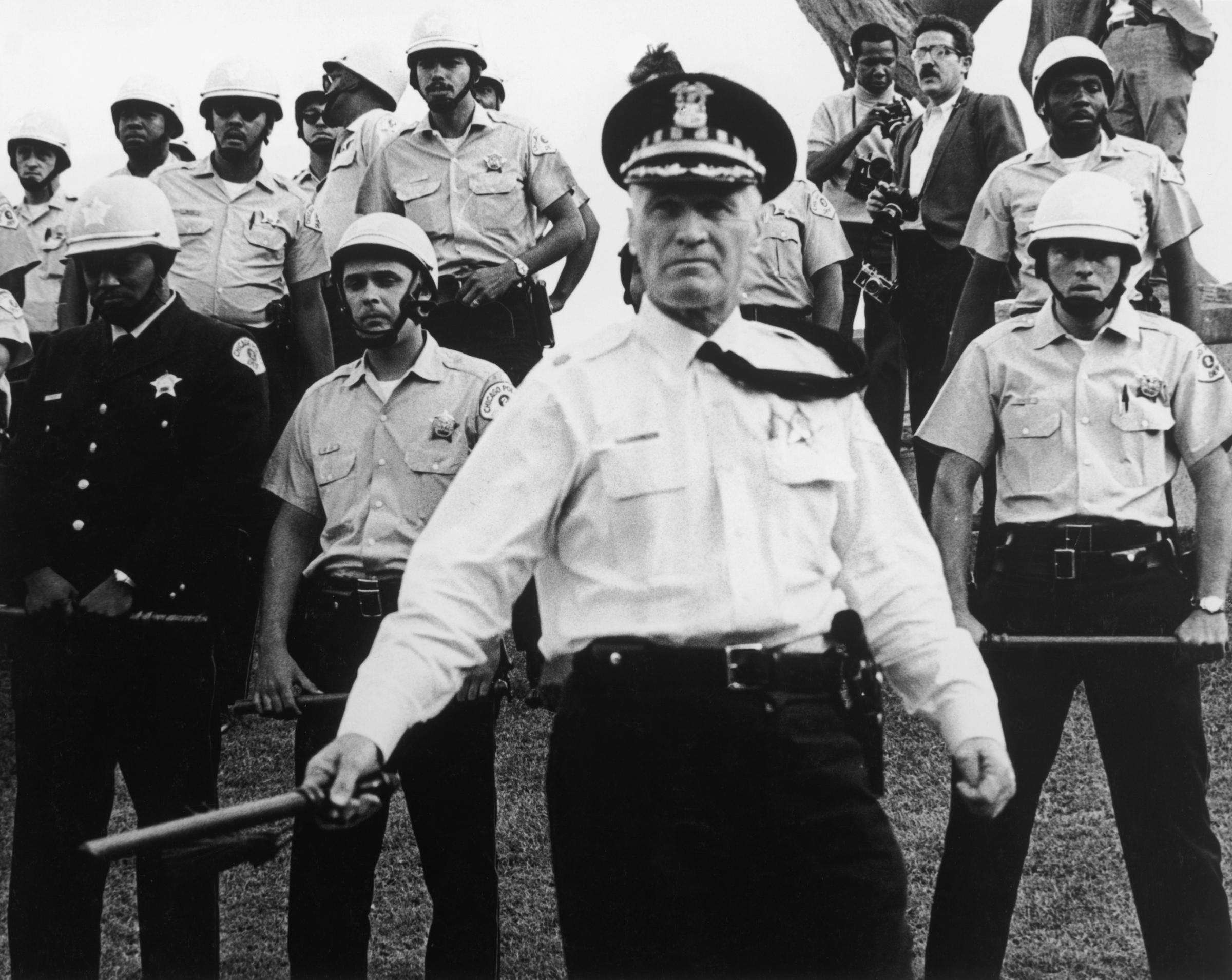
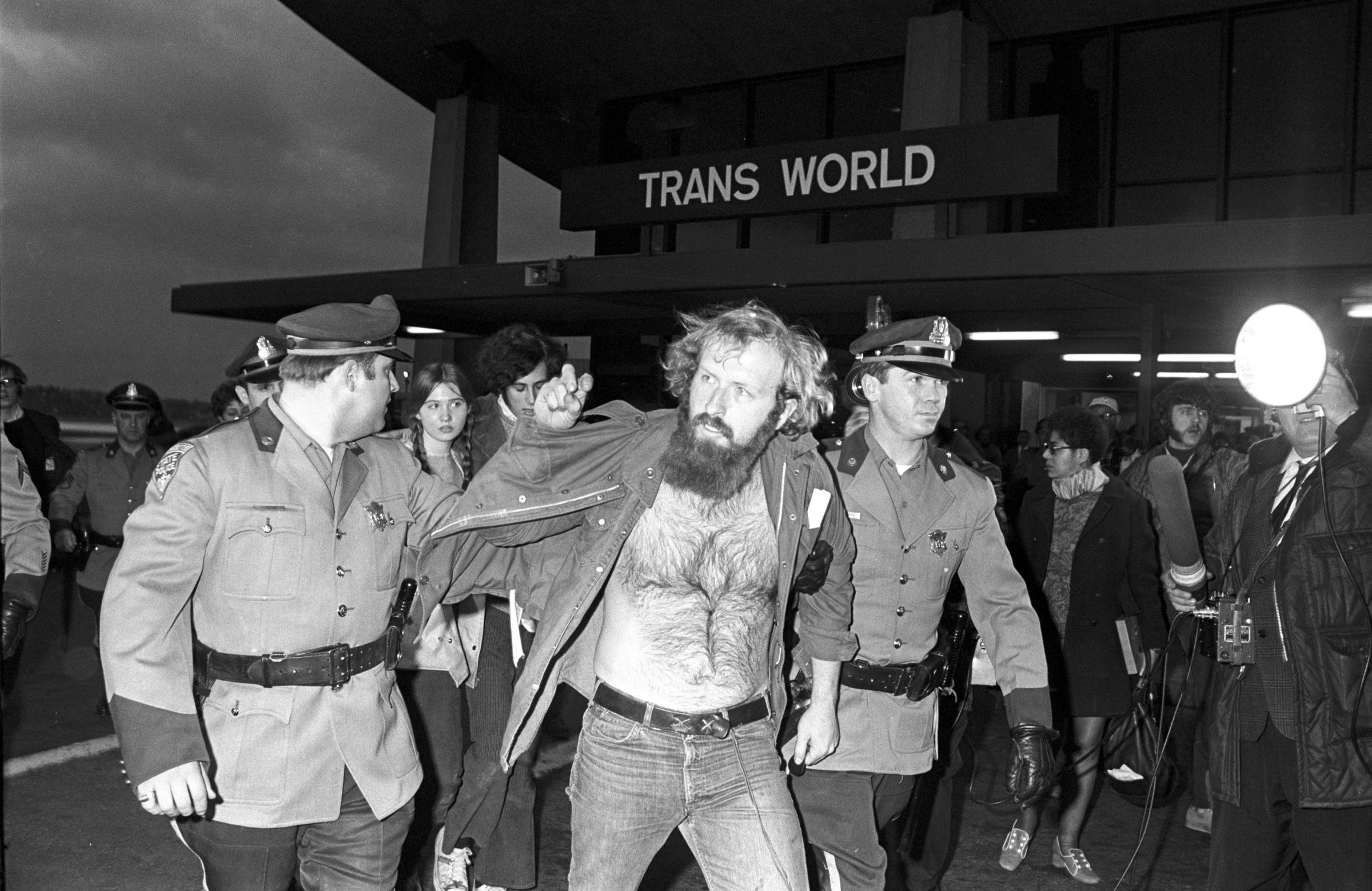
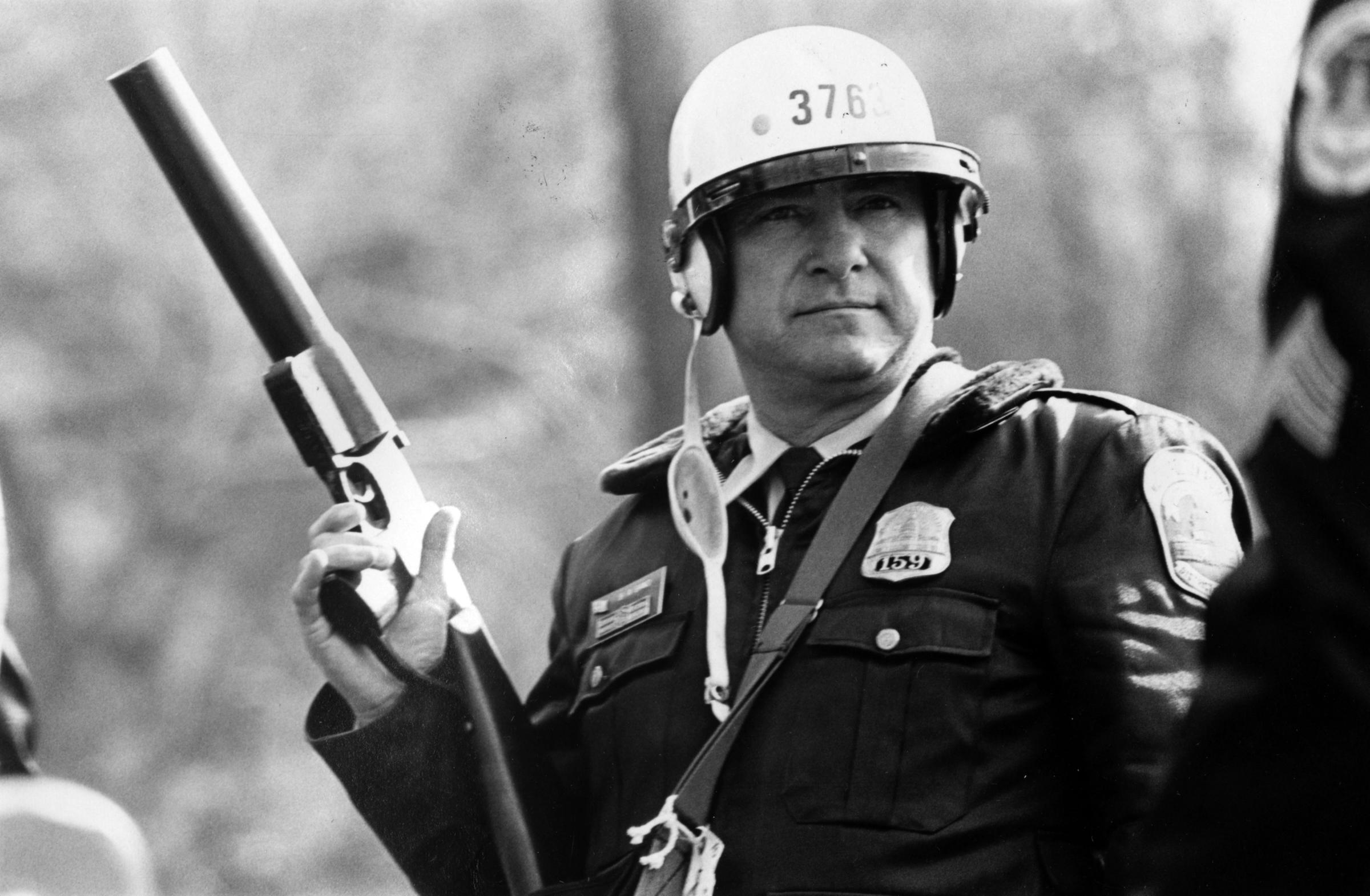
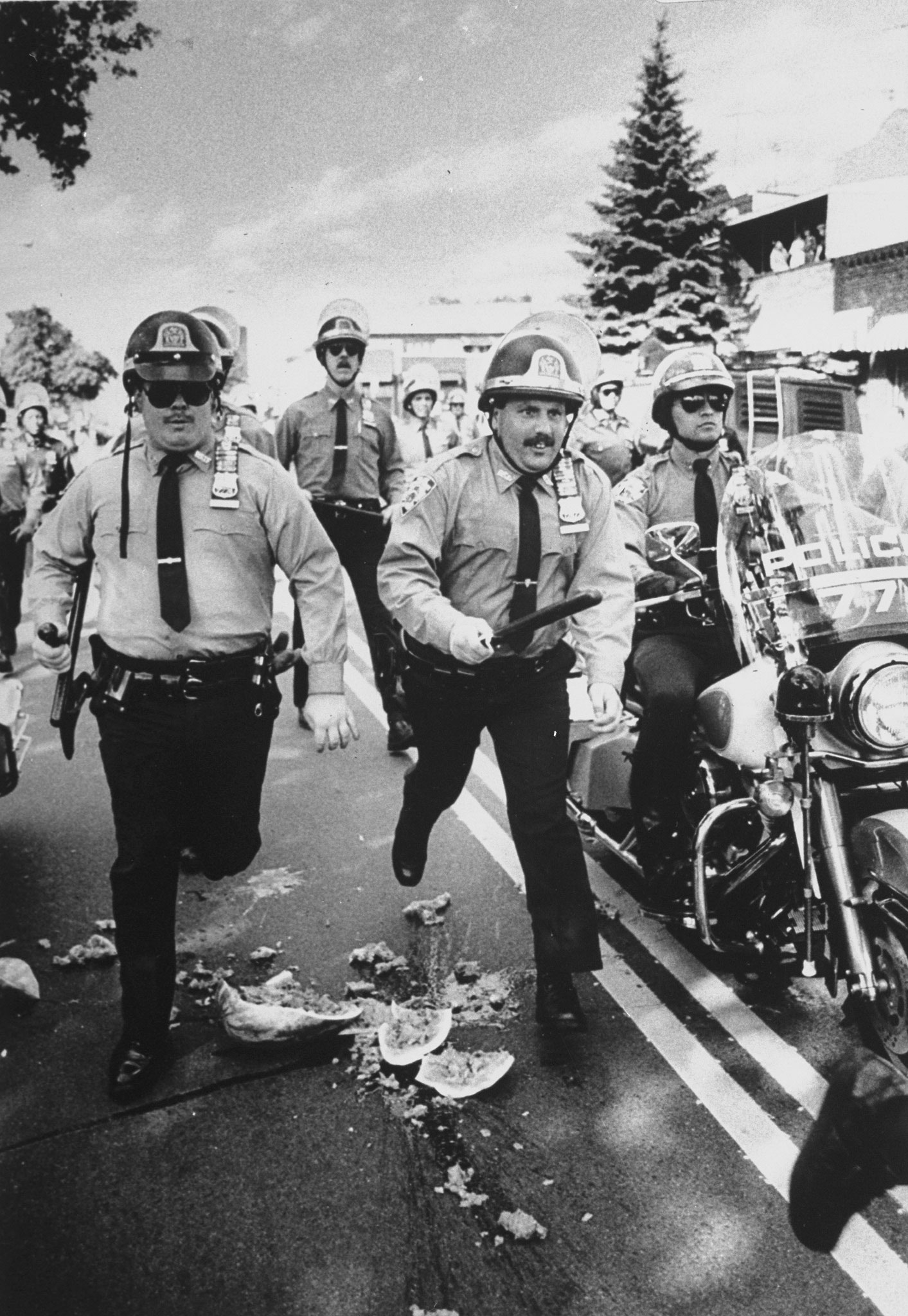
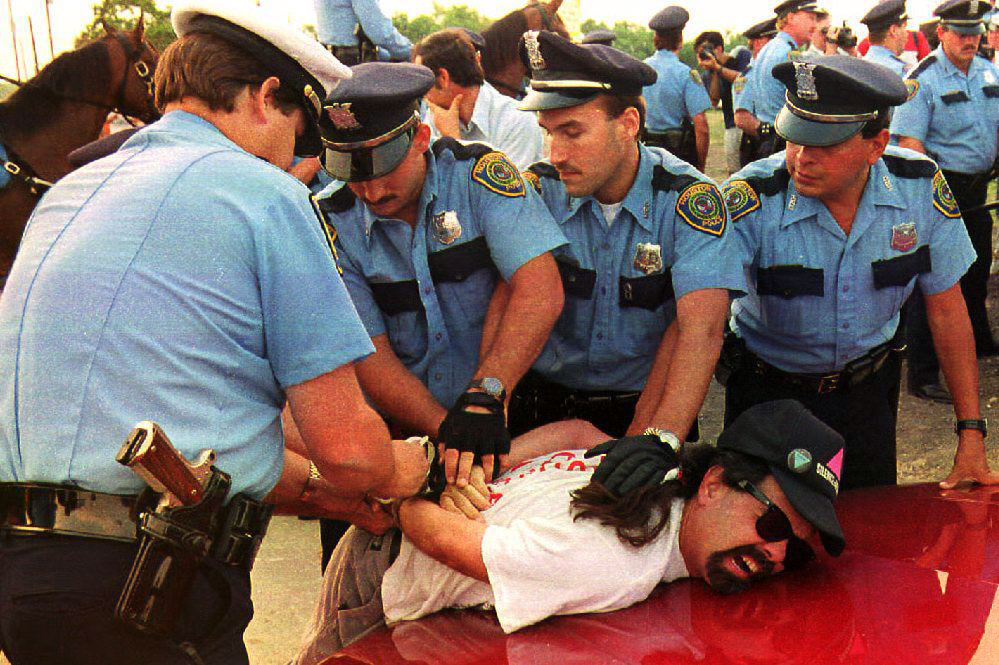
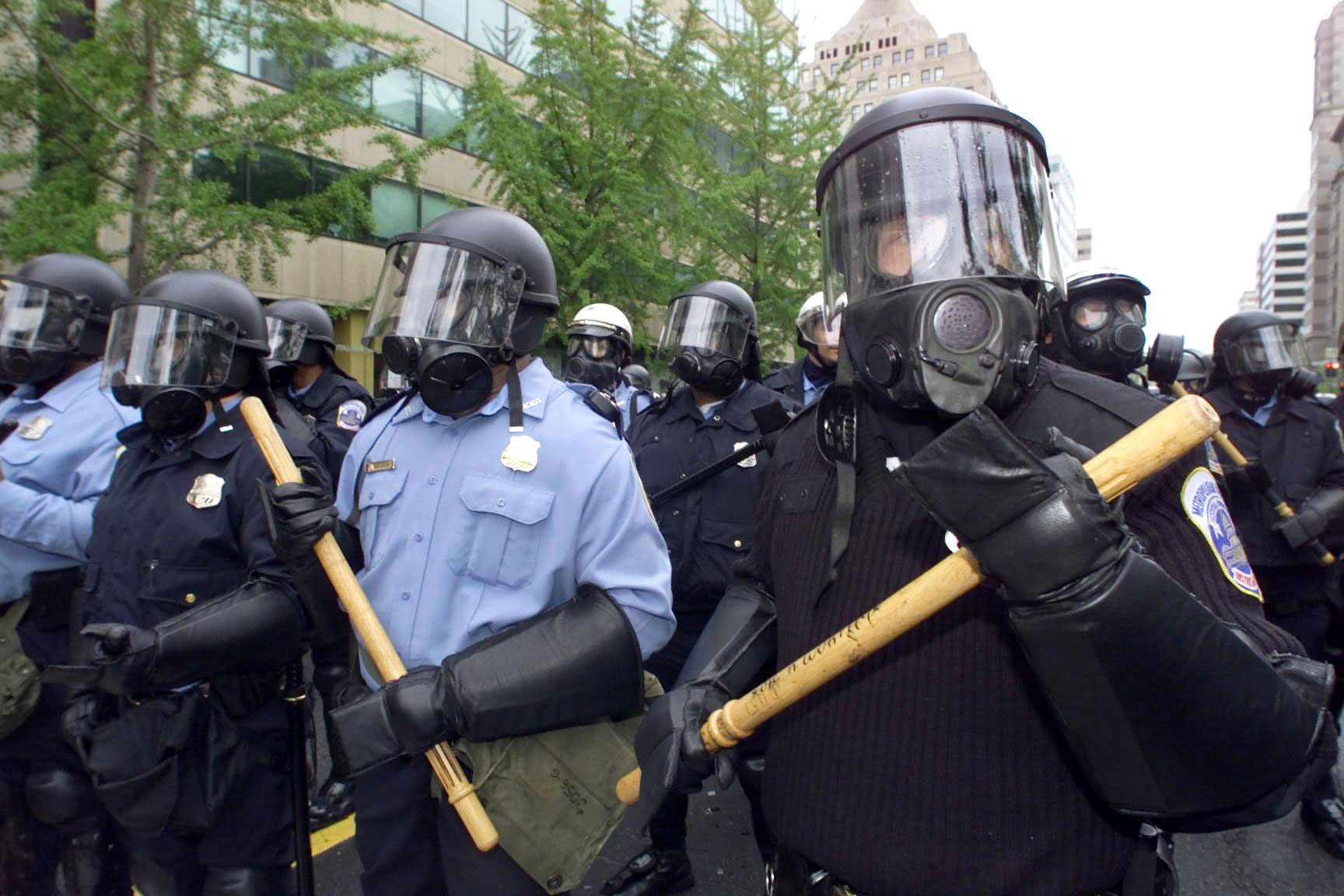
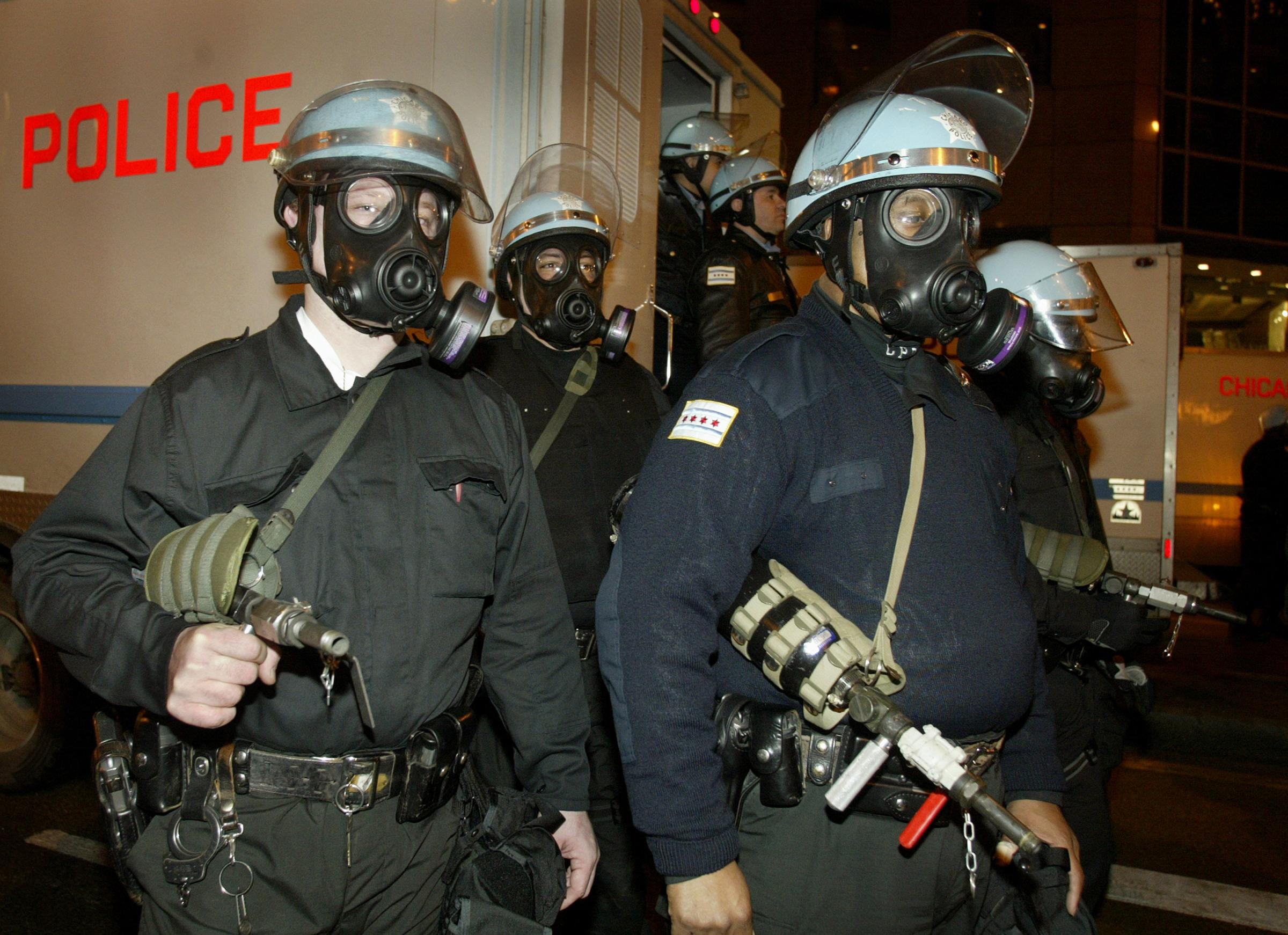
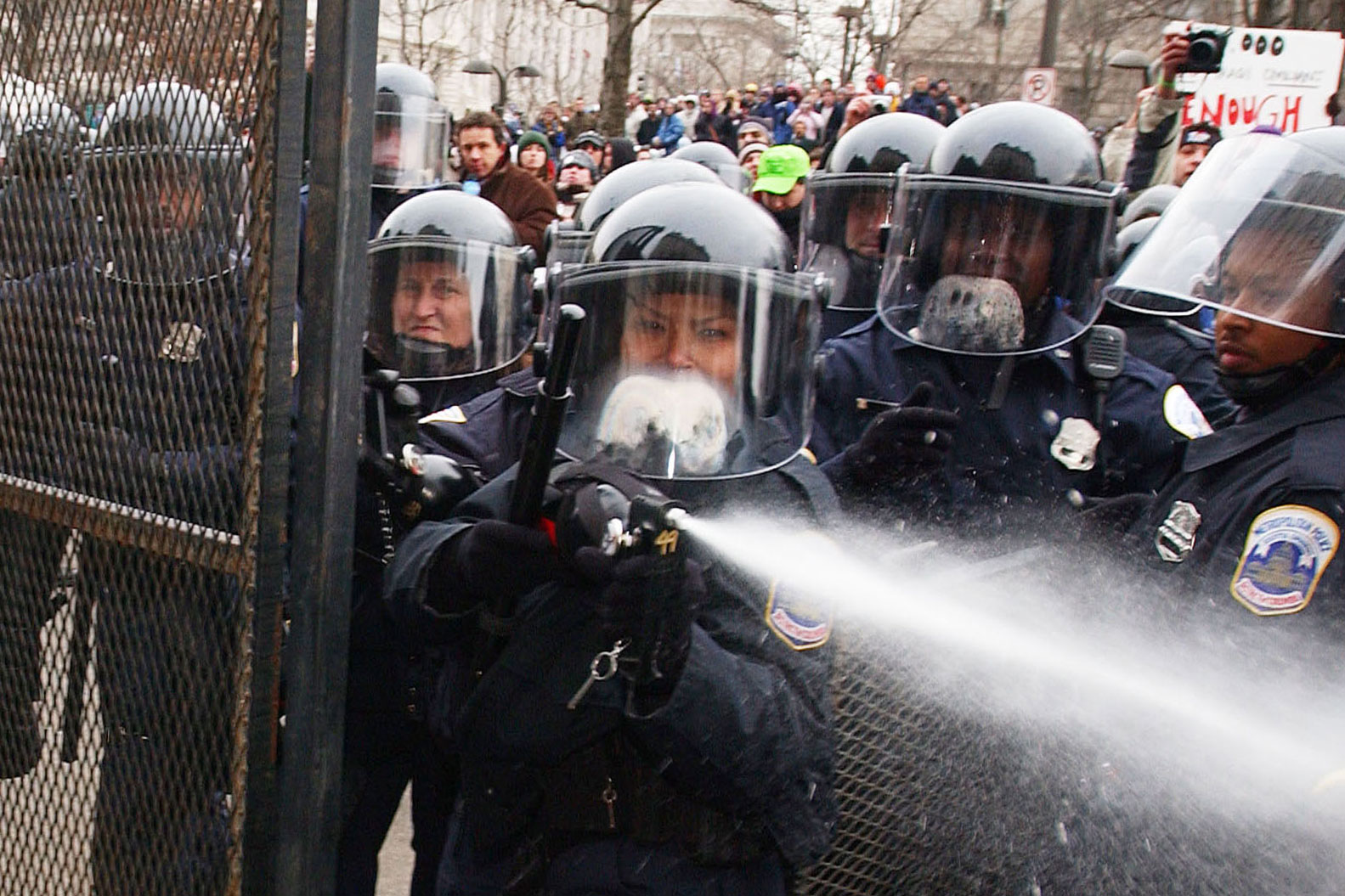
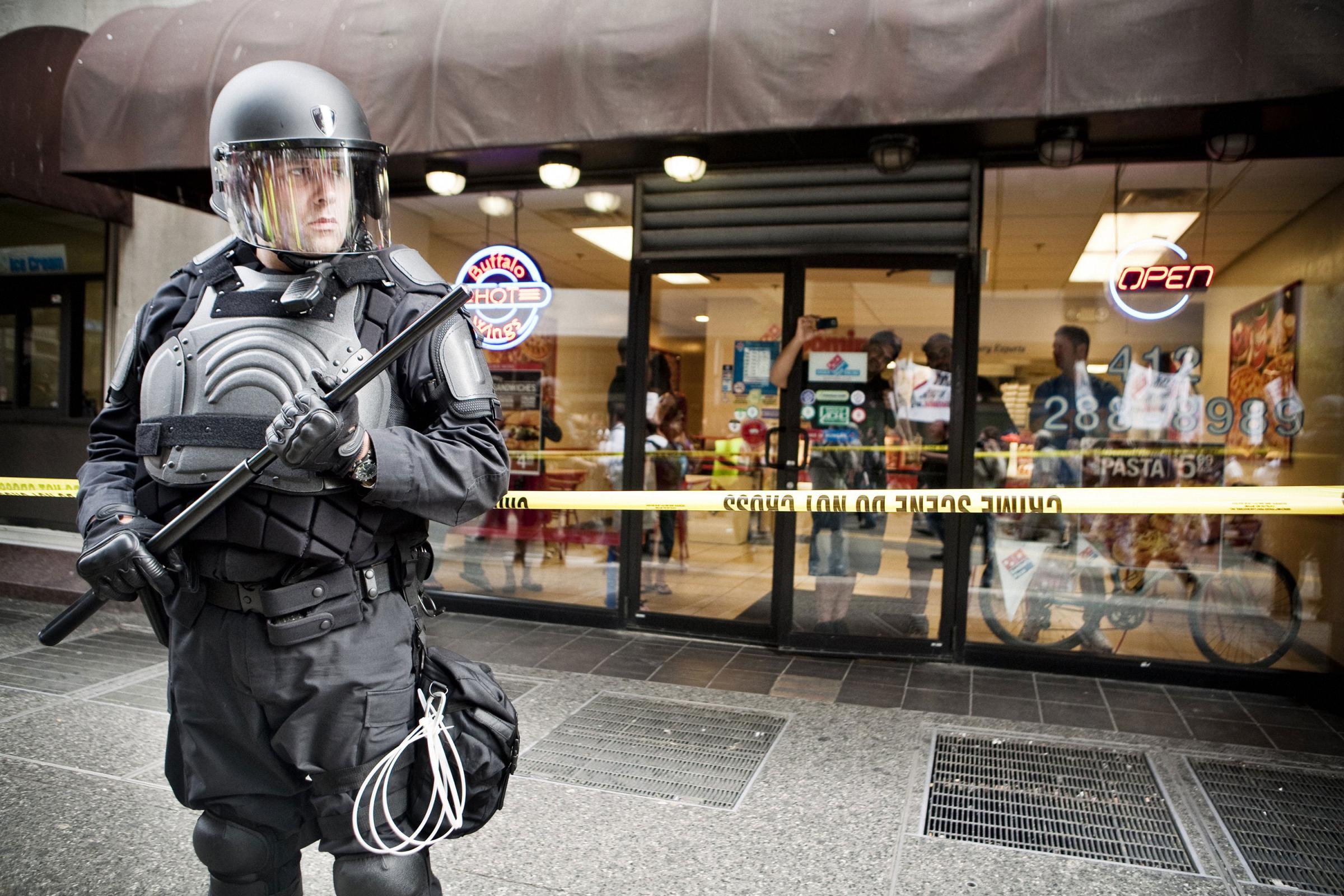
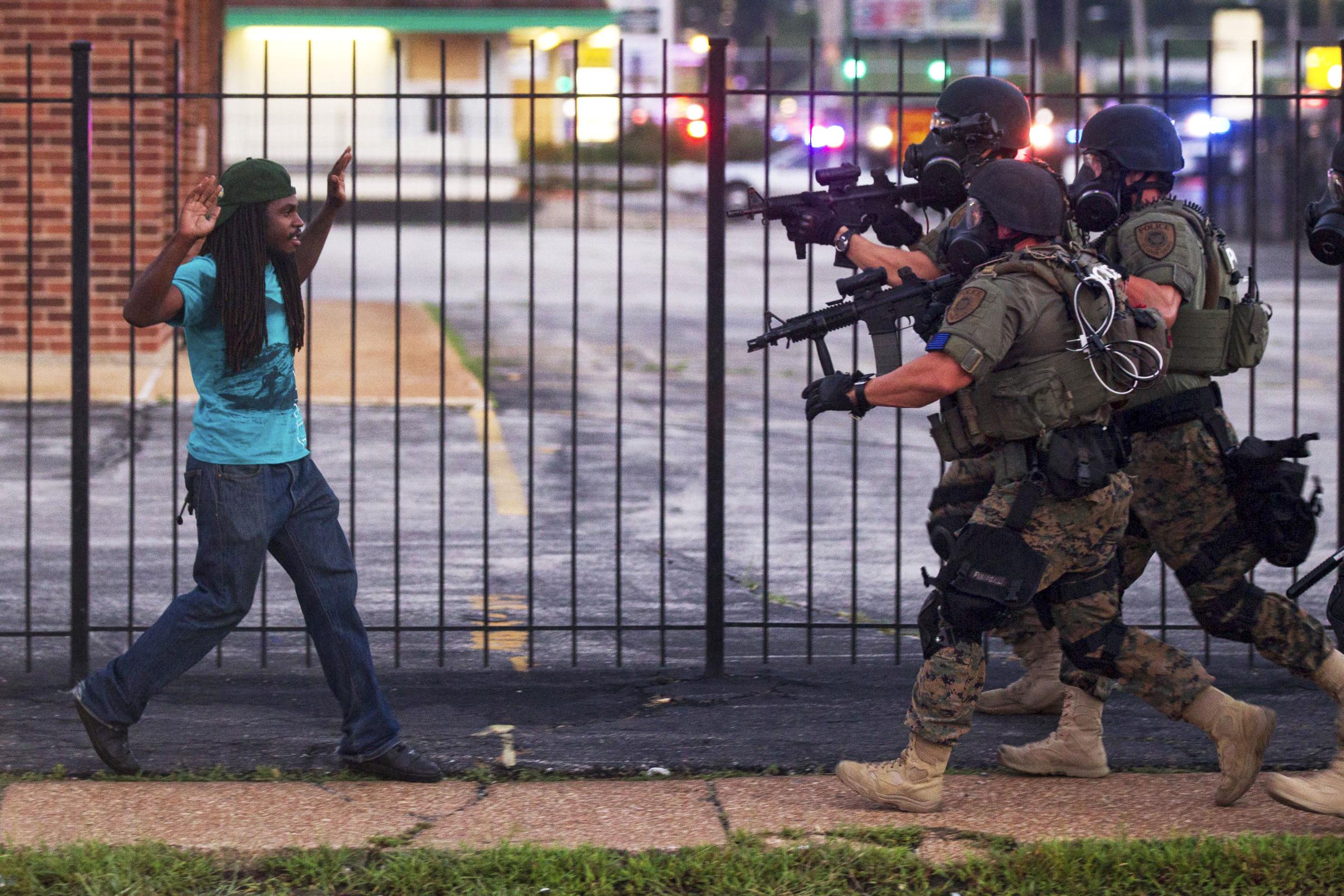
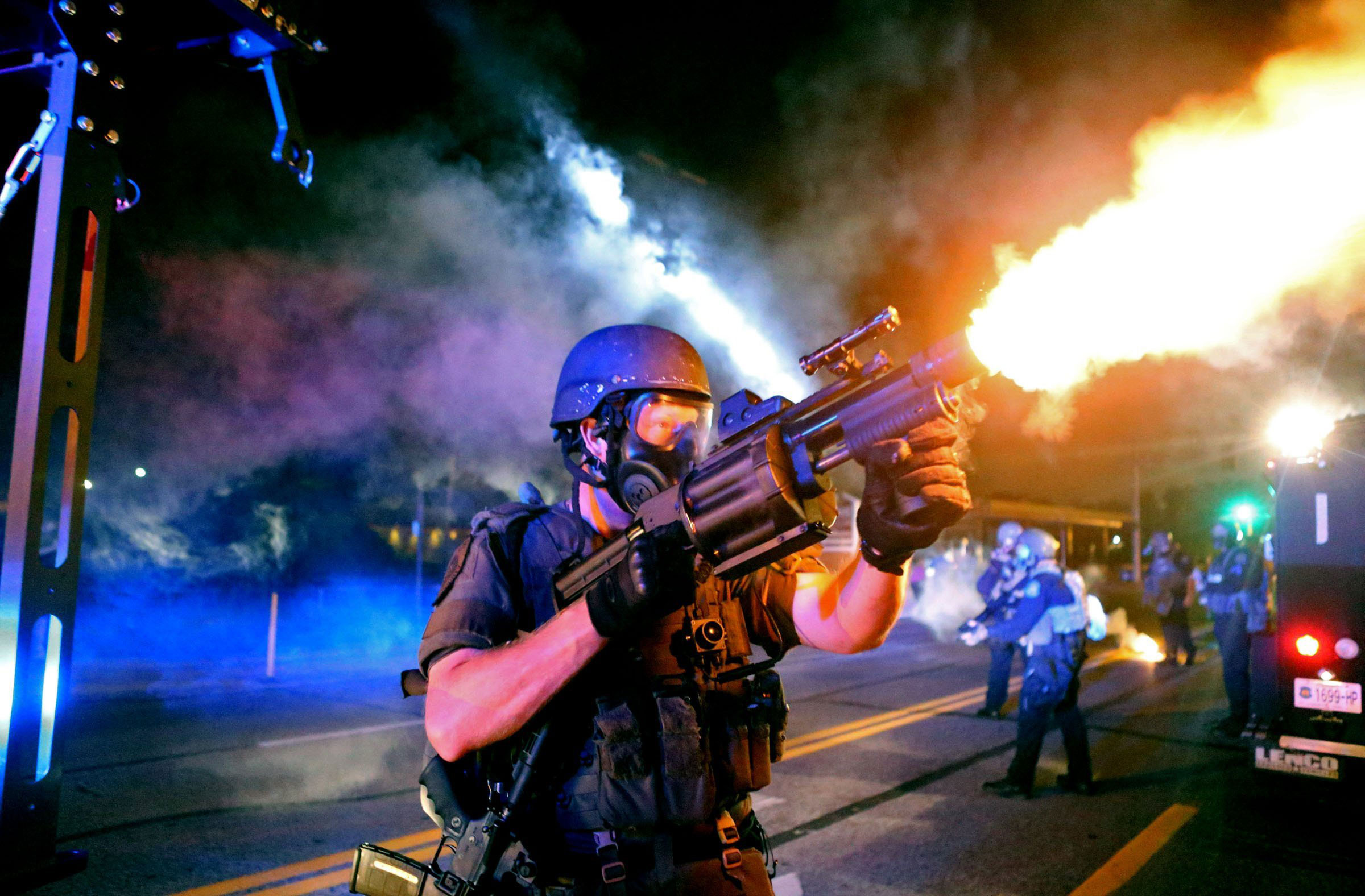
More Must-Reads from TIME
- Why Trump’s Message Worked on Latino Men
- What Trump’s Win Could Mean for Housing
- The 100 Must-Read Books of 2024
- Sleep Doctors Share the 1 Tip That’s Changed Their Lives
- Column: Let’s Bring Back Romance
- What It’s Like to Have Long COVID As a Kid
- FX’s Say Nothing Is the Must-Watch Political Thriller of 2024
- Merle Bombardieri Is Helping People Make the Baby Decision
Contact us at letters@time.com